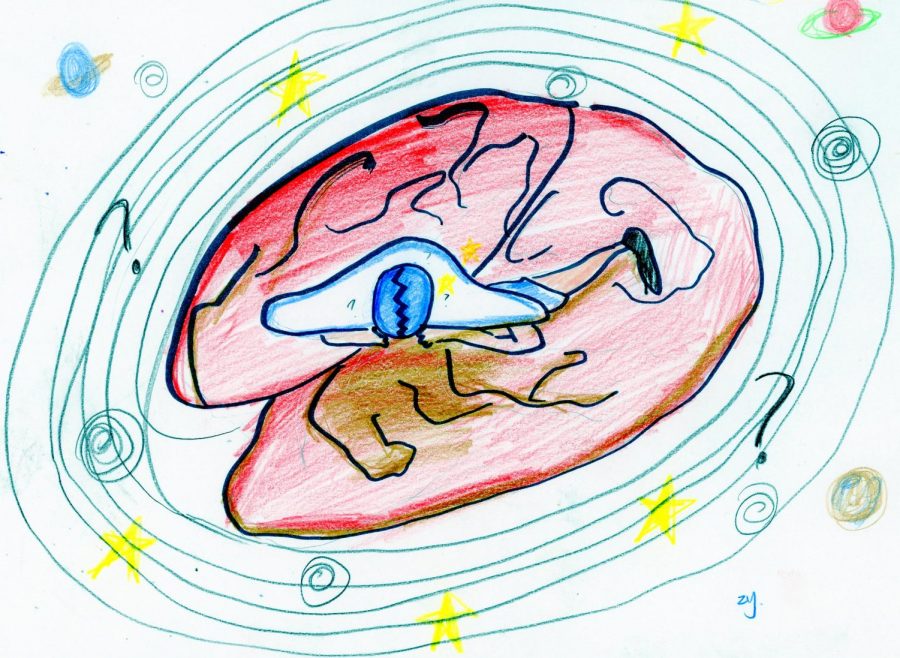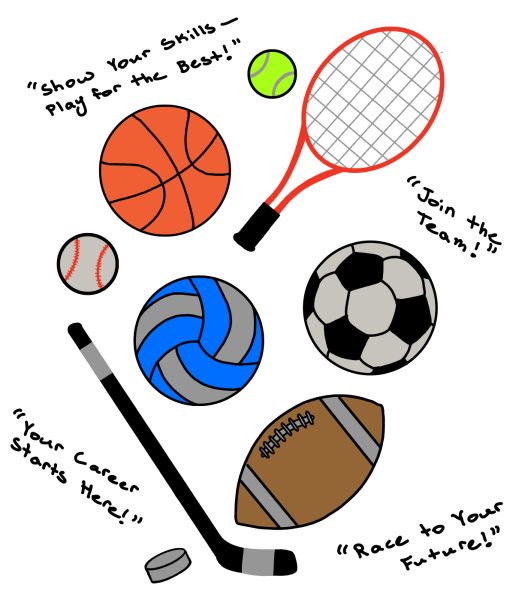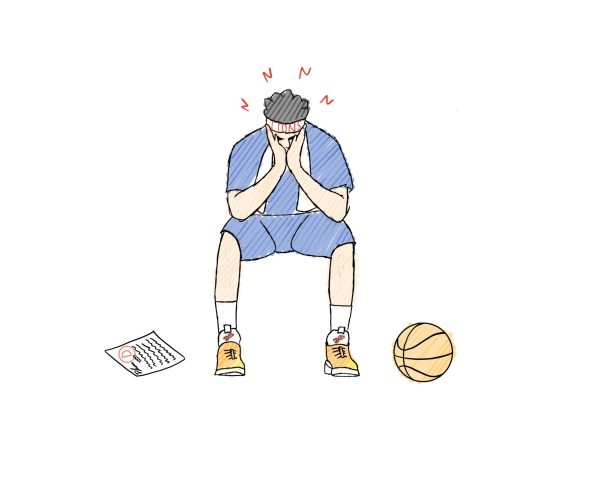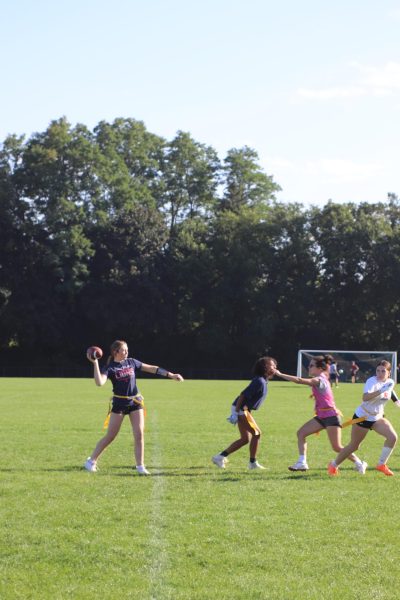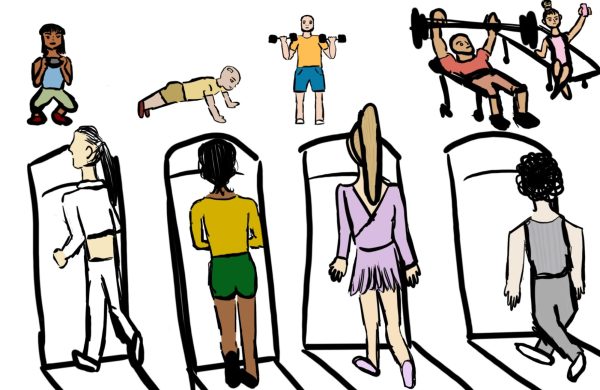Concussions: cause for concern?
Concussions becoming increasingly more common in high school sports
Sports related concussions are a hot topic right now. Concussions can affect players both on and off the field, so it is important to understand what a concussion really is and how to treat it properly in order to minimize long term complications and even having to retire from sports.
“A concussion happens when the brain bounces back and forth inside the skull, causing a short term impairment in brain function,” said Dr. Fitzpatrick, a local pediatrician.
A concussion can be caused by a direct hit to the head or neck, or a blow to the body with a force transmitted to the head.
The symptoms of a concussion can be physical and emotional.
Things to look for are “headaches, dizziness and not feeling like yourself, even nausea,” said Saint Viator athletic trainer Gina Garro.
Although football is the high school sport with the largest concussion rate, Ms. Garro has seen more and more concussions in soccer.
“Lately I’ve seen more concussions with soccer, boys and girls,” said Ms. Garro.
“It’s mostly when they are going up for headers, they hit heads with other players, or fall hard onto the ground from jumping up for one.”
Brain rest is the most common management tool used to treat a concussion. Athletes with concussions should avoid attending school, completing homework and taking tests while they have symptoms of a concussion. The athlete should avoid playing video games and watching TV as well because those activities may exacerbate symptoms.
“It’s important for patients and parents to understand that recovery from a concussion takes time,” said Dr. Fitzpatrick. “Attempting to return to activity too soon can result in prolongation of the symptoms.”
Most schools are now following a return to play protocol for concussions. This protocol is a step by step process, and the athlete is carefully evaluated after each step. If symptoms return during any of these steps, the athlete must enter brain rest again until the symptoms resolve. Initial steps usually involve stationary bike riding and progress to the final stage of returning to play.
Although no one has found out how to prevent a concussion, the focus on this issue has resulted in greater awareness and modifications. Helmets in sports have been redesigned many times as technologies advance, and these modifications usually reduce the impact force to the head.
In soccer there is a protective band players can wear to prevent concussions.
“I wear the strap, or protective band, on my head due to having had brain surgery,” said senior varsity soccer player Sean Carey. “Also it was so my mom would feel comfortable with me playing soccer. The strap provides protection around my head that makes sure it softens the impact of any contact to the head.”
This strap is very important because it softens the blow to the head during headers or any head contact in soccer. Most players don’t wear this strap because it isn’t required and so they can style their hair the way they want.
Often times athletes are anxious to return to play and may downplay their symptoms in order to play sooner. Second Impact Syndrome is when an athlete suffers another head injury before the symptoms of the first are resolved. This is a very serious situation that can lead to brain swelling and, in worst cases, even cause death.
“It’s hard to know the long term consequences of concussions in athletes and more studies need to be done,” said Dr. Fitzpatrick.
Other athletes that try to return too soon can develop Post Concussion Syndrome. Post Concussion Syndrome is when an athlete has had symptoms for 3 months or more with little to no progress. Young athletes with Post Concussion Syndrome often have significant difficulty in school with decreased attention and memory.
“Determining when an athlete should retire from sports is not easy,” said Dr. Fitzpatrick. “I usually tell athletes who have had three concussions in a season or symptoms for more than three months that they should retire from sports.”
Your donation will support the student journalists of Saint Viator High School. Your contribution will allow us to purchase equipment and cover our annual website hosting costs.



